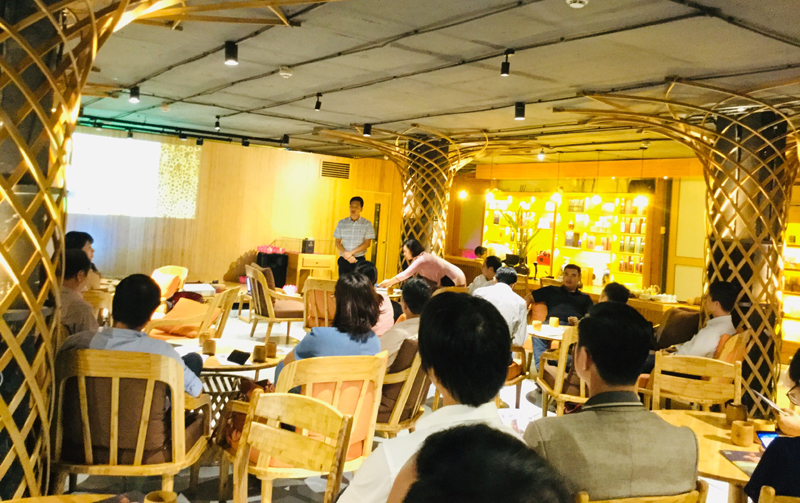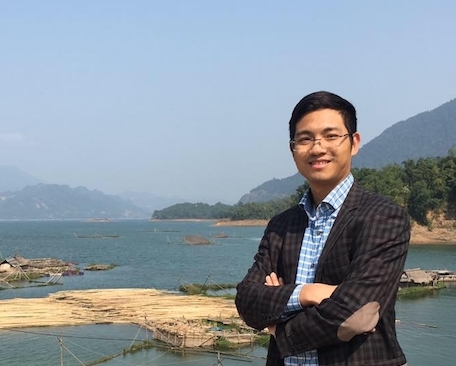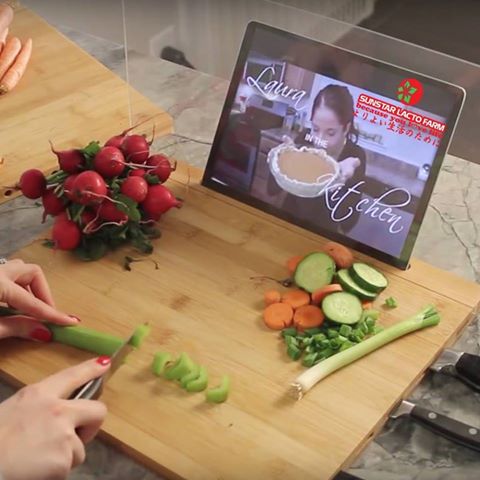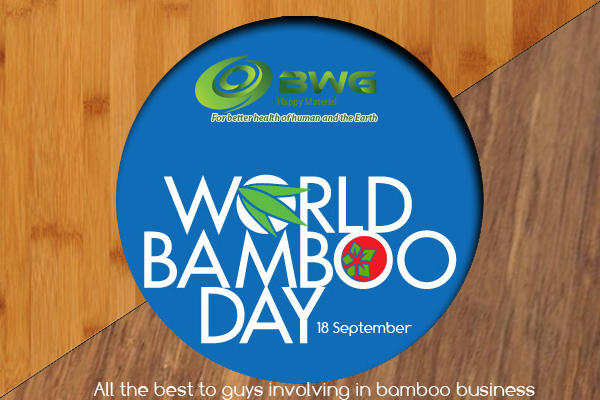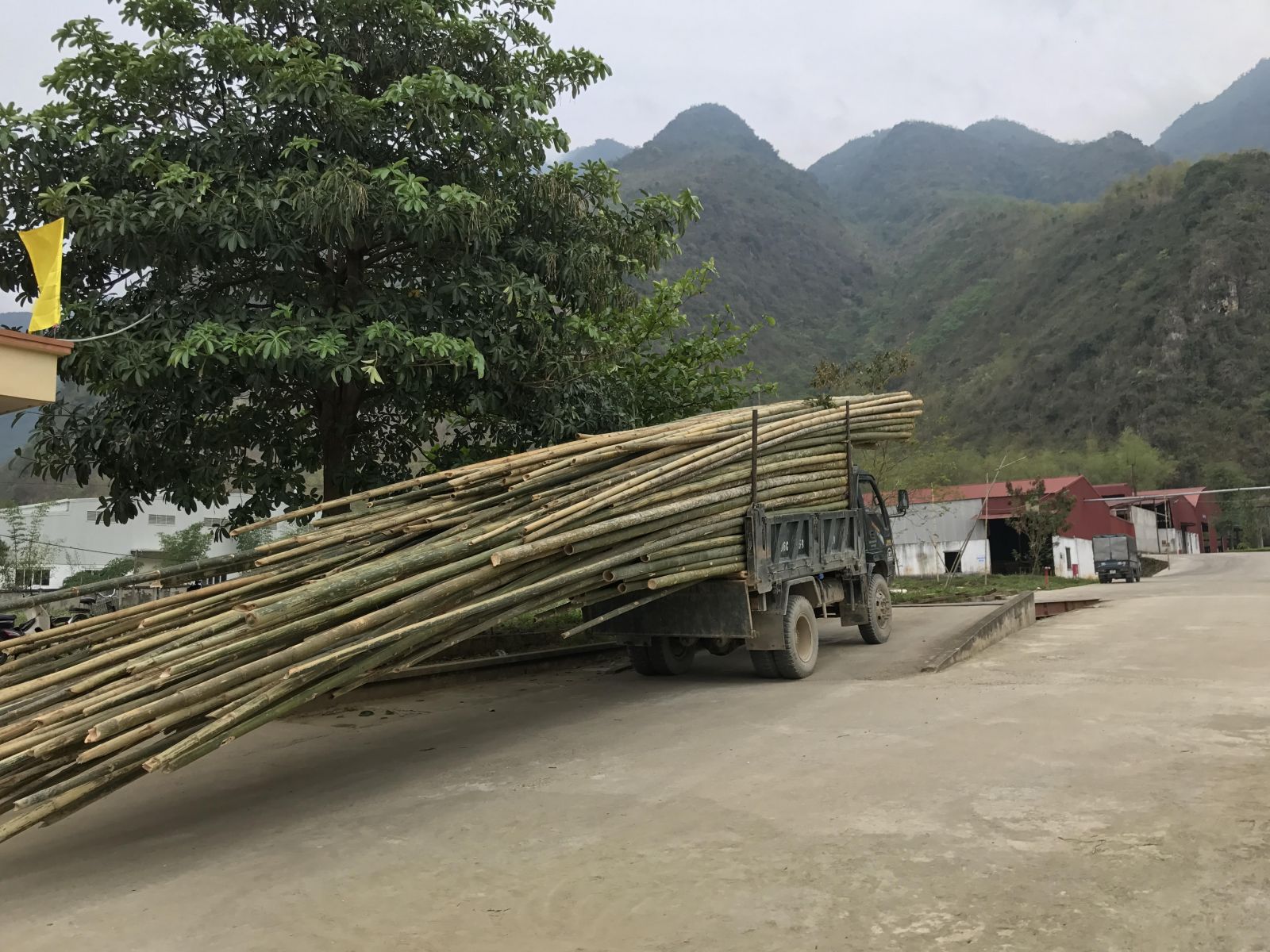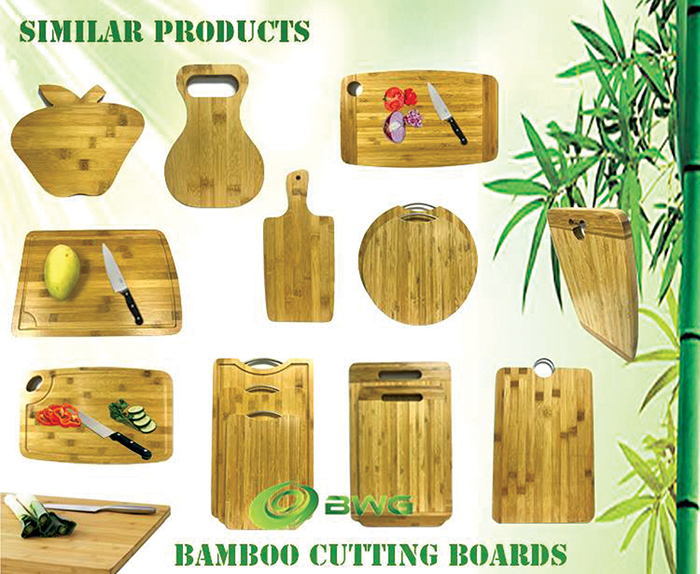
Tre - vật liệu xây dựng cho phát triển bền vững của tương lai?
As glass-and-steel skyscrapers rise in cities around the world and architects are harnessing evermore advanced technology, one firm in Bali is looking to nature to lead the way. After reading about Elora Hardy’s visionary architecture and design firm, Ibuku, and seeing photos of the stunning houses they create, I sought her out on a recent trip to Bali. Upon arriving at Green Village, I found myself in a seemingly enchanted enclave full of incredible bamboo houses. Home to a community of roving expats, many of whom split their time between Bali and the U.S., Europe, or other countries, the buildings of the Village rise three or more stories high into the lush tropical jungle of Ubud, set overlooking ravines that feed into the Ayung River, surrounded by vegetable gardens.
Originally the brainchild of jewelry designer John Hardy, who moved to Bali in the 1970s, Green Village continues to grow and thrive thanks to Hardy’s daughter Elora. Growing up on this beautiful, spiritual island gave Elora an appreciation for nature, and though she lived in the United States for 14 years, studied fine arts, and designed prints for Donna Karan, she moved back in 2010 and founded Ibuku. Since then, Elora and her team of Indonesian architects, engineers, and interior designers have created more than 60 bamboo structures in Asia including private homes, a yoga pavilion at the Four Seasons, Tri restaurant in Hong Kong, Como Marketplace in Singapore, and a handful of open-air bamboo treehouse suites at Bambu Indah, the boutique hotel in Ubud founded by her father and stepmother, Cynthia Hardy.

“Bamboo is so versatile—it can be the star, the defining feature of a space, the wow—and it can also feel invisible, natural, like a nest or cocoon around you as if it wasn’t ‘designed’ or ‘built’ at all,” Elora says. “We try to listen to the bamboo, understand how it would be best used, its unique characteristics, and design for it.” Needless to say, working with bamboo poses challenges that architects who employ more conventional materials don’t have to deal with. As she explained in a 2015 TED Talk, bamboo has been used as a building material for thousands of years, but if left untreated, it will get eaten by insects and disintegrate. So she and her firm, Ibuku, protect it by safely treating it with a natural salt. Bamboo is hollow and doesn’t lend itself to 90-degree angles, so Ibuku’s homes feature gently curving walls. Doors, too, are circular in some cases, hinging on a central axis instead of one side. Since it’s important for the bamboo to stay dry, bathrooms feature copper showers and sinks carved out of river stones. Electricity and even air conditioning are incorporated into the structures. Bespoke furniture is designed and created out of bamboo and other natural materials.
Elora and her team have consistently pushed themselves to find ingenious solutions to the challenges posed by bamboo. “A lot of the problem is the curves, but that’s also the magic and the opportunity. Just as the best clothes wrap around real curves in just the right way, the way a house curves around you can feel just right,” Elora explains. “But it takes a different mind-set to get it right. Bamboo doesn’t follow the rules of the past few centuries of architecture and construction—it’s literally a different shape, being round and hollow and tapering. So as designers, we have to learn, then develop, then write the rules for ourselves, to suit what we see is possible with bamboo.” She likens her design approach to the way an artist works on a canvas. Rather than trying to create a specific vision on a blank page, she prefers to spill the ink and see how it flows.
One of the biggest benefits, and the reason why bamboo might be the material of the future, is its sustainability. It’s technically a wild grass, and there are 1,450 species of bamboo growing unimpeded in tropical regions like the islands of Bali and Java. Bamboo can support heavy loads, plus it’s flexible and earthquake-resistant. For Elora, one of the most rewarding aspects of working with bamboo is helping people reconnect with nature. Just touring the wall-less homes, walking barefoot on the bamboo, I felt calmer and more at ease than I had in a while. And since many of the homes’ owners don’t live in Ubud year-round, others can experience these incredible places by renting them on Airbnb or staying at Bambu Indah, where guests eat vegetables and fruits grown in the on-site gardens and swim in untreated natural pools.
“I ask clients whether they want to live in a bunker that will stay completely unruffled no matter what, or whether they want to feel the breeze, and see a butterfly float by as they shower,” Elora says. Though these days people are used to having complete control over the temperature, Elora encourages her clients to give up a little bit of that control in order to reap the rewards of a life more in tune with nature. “People need nature, or rather to feel and remember that they are part of it,” she affirms. “So if I can let a building feel like a beautiful forest or a bedroom feel like a cocoon, then I feel like I’ve helped reconnect something vital.”
Source: https://www.vogue.com/article/sustainable-building-bamboo-bali
Bài viết liên quan



